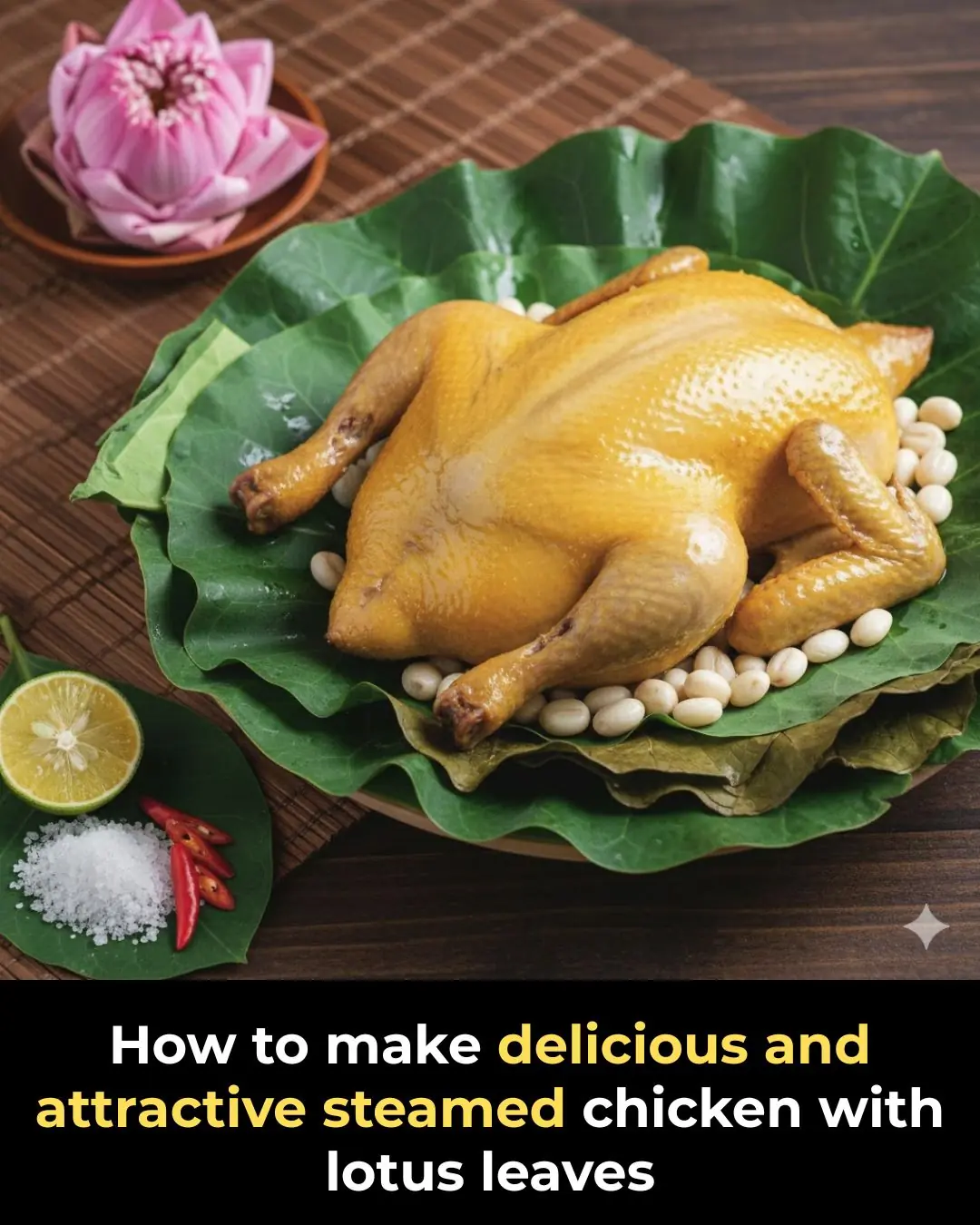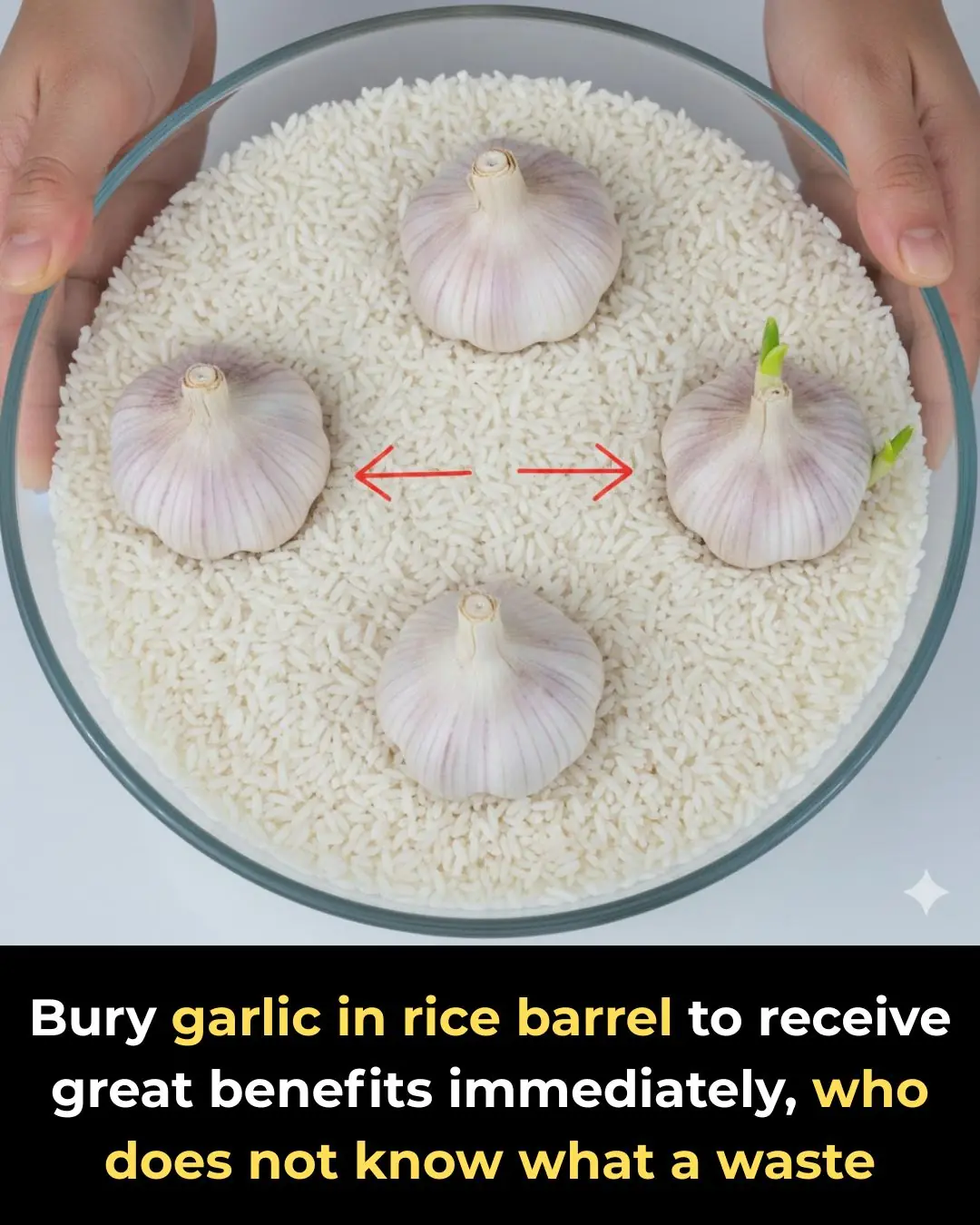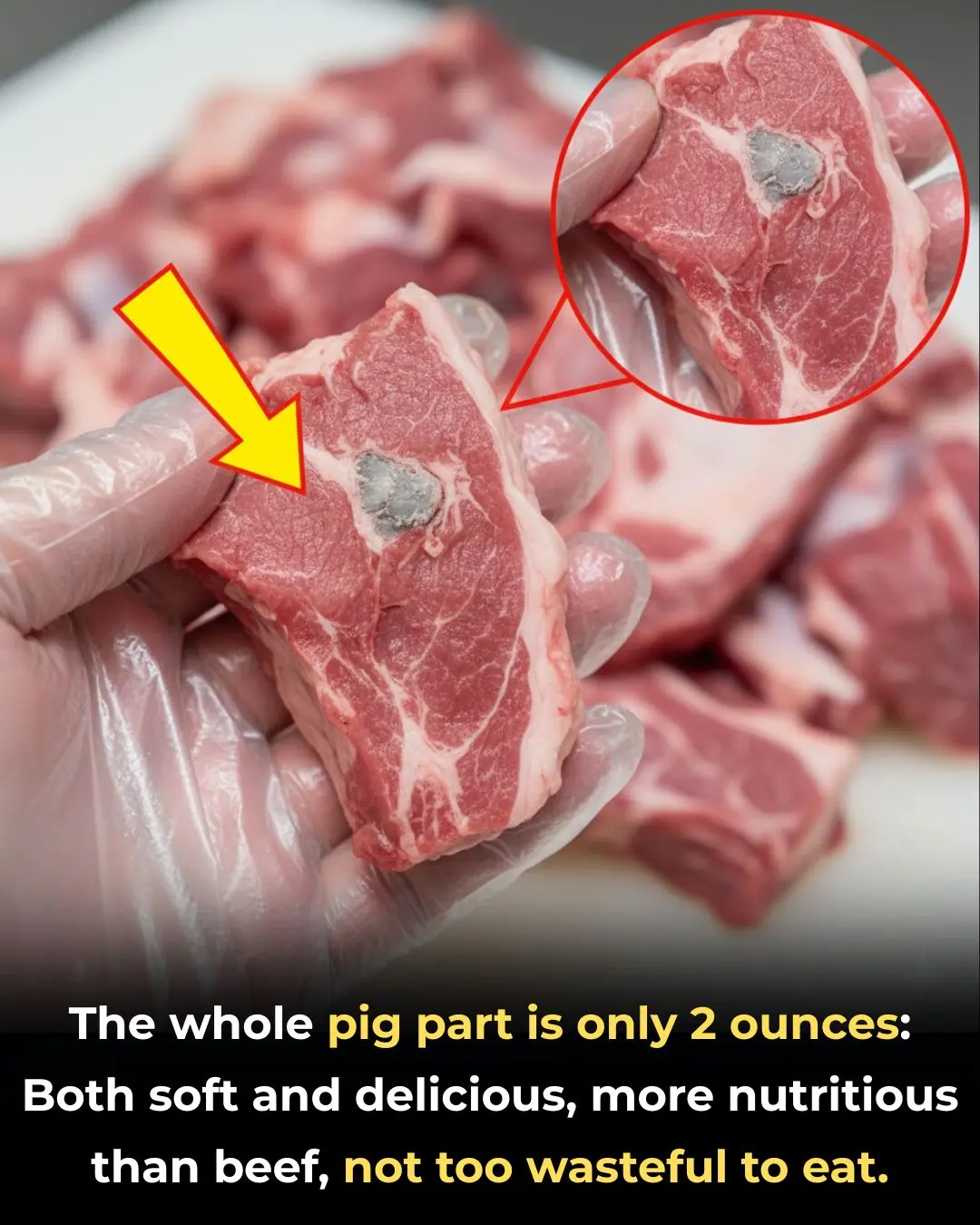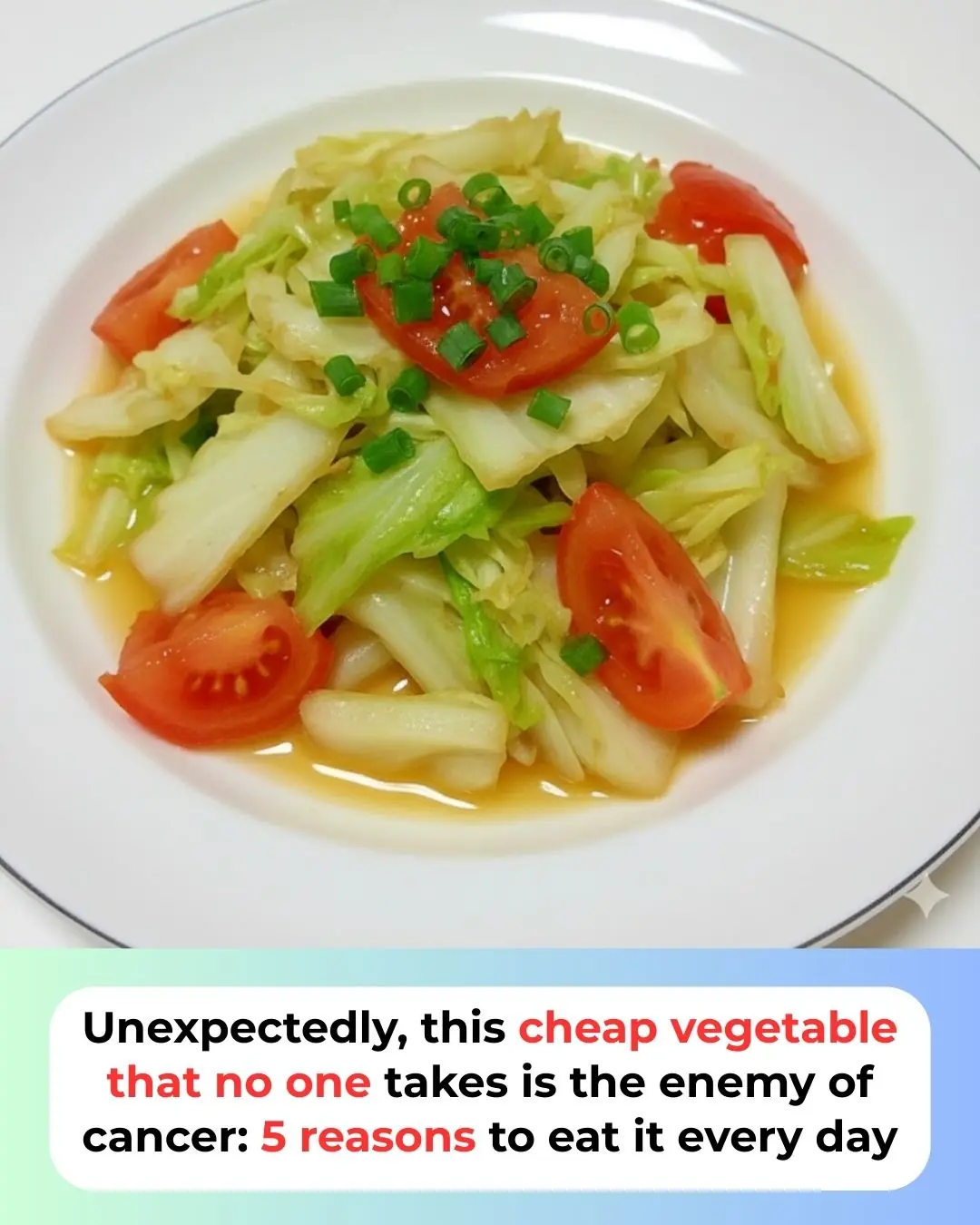
When buying ham, just look at this point to know immediately whether the seller put borax in it or not?
Many people often wonder whether the best Vietnamese pork sausage (giò lụa) is the type with a smooth, dense surface or the kind that reveals tiny air holes when sliced. According to culinary experts, there is a clear answer—and it may surprise you.
Vietnamese pork sausage, known as giò lụa in the North or chả lụa in the South, is a beloved traditional dish made from finely ground pork seasoned with fish sauce, tightly wrapped in banana leaves, and simmered until firm. Thanks to its naturally sweet flavor and delicate aroma, it has long been a staple on family dining tables, festive gatherings, and holiday celebrations. Yet many consumers still debate: Is a perfectly smooth roll better, or should a good sausage have a few small holes on the inside?
Should you choose smooth sausage or one with small air holes?
Culinary specialists explain that a high-quality sausage typically has a slight moist sheen, a fine texture, and a scattering of tiny air pockets inside. These holes are formed when small air bubbles trapped during the pounding and wrapping process burst while being cooked. Their presence is a normal sign of traditional handmade preparation.
A moist, slightly springy slice also indicates that the sausage was made from fresh, high-quality pork without being overly processed. Importantly, such texture is a strong sign that the product does not contain borax or other chemical additives used to artificially firm up the meat.
For this reason, consumers should select sausages that feel soft, slightly humid, and show a few tiny air holes. These are generally tastier and safer than rolls that appear unusually dense, dry, and perfectly smooth.
How to distinguish authentic sausage from sausage mixed with borax
Some producers add borax or other chemicals to increase crunchiness, prolong shelf life, and enhance elasticity. Fortunately, there are several visual clues to help you tell the difference.
A good sausage usually has a pale ivory or light pink color, accompanied by a mild aroma of pork and fish sauce. When sliced, it appears fine-grained, slightly moist, and tender. The taste is lightly sweet and naturally savory, with a gentle, pleasant chewiness.
In contrast, sausage containing borax often has an unnaturally smooth and glossy surface and lacks fragrance. When heated, it may crumble, release powdery residue, or feel oddly tough. While borax is odorless and tasteless, it strengthens protein and starch bonds, making the product artificially firm and crisp. However, consuming borax regularly can be extremely harmful. High intake has been linked to acute poisoning, showing symptoms such as nausea, diarrhea, kidney failure, and neurological irritation.
Although considered a medium-toxicity chemical, borax can accumulate in the body over time, negatively affecting digestion, nutrient absorption, and the function of major organs. Long-term exposure may lead to loss of appetite, unexplained weight loss, digestive issues, and kidney impairment. Therefore, it is essential to buy giò from reputable shops or trusted home-made suppliers.
Some of the most famous varieties of Vietnamese giò
1. Giò lụa (Traditional pork sausage)
The classic and most iconic version, made from finely pounded pork loin and premium fish sauce, wrapped in banana leaves, and simmered to perfection. It is simple yet elegant—suitable for everyday meals or formal celebrations.
2. Giò ngựa (Horse-meat sausage)
Made from lean, naturally sweet horse meat, this specialty is prized for its distinctive flavor. Because horse meat contains very little fat, producers typically add pork fat in balanced proportions to keep the sausage moist and tender.
3. Giò bì (Pork-skin sausage)
This version combines shredded cooked pork skin with hand-pounded pork and savory fish sauce. After cooking, the sausage becomes firm and aromatic, with a delightful chewy texture. It is a favorite appetizer at festive gatherings.
4. Giò me (Veal sausage)
Native to Nghệ An, this sausage uses tender veal (from calves under one year old), free-range chicken eggs, and high-quality seasonings including pure fish sauce. Slow-steamed for up to 12 hours, each slice reveals a rosy, evenly cooked cross-section that is flavorful without being dry.
5. Giò bò (Beef sausage)
Prepared from premium beef mixed with dill and crushed peppercorns, this sausage is bold, aromatic, and slightly spicy. It pairs wonderfully with pickles, chili sauce, fresh garlic, or even traditional dishes like bánh mì, bún mắm nêm, and rice porridge.
6. Giò thủ / Giò xào (Head-cheese sausage)
A Northern specialty, giò thủ is made from finely sliced pork head parts such as ears, nose, tongue, and cheeks. These are stir-fried with seasonings, mixed with minced pork and gelatin-rich skin, then tightly pressed until firm. It offers a unique blend of textures—crunchy, savory, and richly flavorful.
News in the same category


Add this to crab soup, the crab fat will form large, beautiful blocks.

Stick a toothpick into a bottle of essential oil, a little trick to handle all troubles that everyone loves.

Tips for growing strawberries in pots to produce large, heavy fruits that the whole family will enjoy

What to do if food is too salty? 7 simple ways to fix salty food naturally

Super fast way to defrost meat in just 5 minutes, ensuring the meat is soft and delicious, without losing nutrients

Put crushed eggshells into a kettle and boil, a surprising use that every household needs, many people don't know

How to Clean Your Oven Hood Filter Easily: Simple Methods to Remove Grease and Make It Look Like New

🚫 When to Avoid Ginger — 6 Medical Conditions That May Be Affected

Pick the Breakfast You’d Eat

A Simple Trick to Make Your Air Conditioner Work Smarter

Bury Garlic in Your Rice Container for Amazing Benefits – Don’t Miss This Simple Trick

How to Fry Tofu to Golden Crisp Perfection Without Oil Splashes or Sticking

Don’t Wash a Moldy Wooden Cutting Board with Soap: Clean It Like New in Just 5 Minutes

The Pork Cut That Only Weighs 200g: Tender, Delicious, and Even Healthier Than Beef

Placing a Plate of Salted Lemons by Your Bed: 5 Surprising Benefits Few People Know About

Throwing Away Coffee Grounds Is Like Throwing Away Money — Essential Uses Every Household Should Know

Unexpectedly, This Extremely Cheap Vegetable No One Values May Offer Powerful Health Benefits: 5 Reasons to Eat It Daily

6 Surprisingly Useful Functions of Your Phone’s Volume Buttons — You May Not Know Them All
News Post

Gentle Stretches to Relieve Sciatica Pain

Think Twice Before Putting Parchment Paper in the Oven

Georgia Teen Accepted to 53 Colleges With $1.8M in Scholarships, Inspired by Her Parents’ Legacy

‘Please Keep This’: Serena Williams’ Curve-Hugging Dress In New Photos Has Fans Saying She’s Entered Her ‘Bad Girl’ Era

‘Will They Affect the Flips?’: Simone Biles’ Hourglass Shape in New Video Has Fans Zooming In as They Patiently Await Her Olympic Return

106 & Park to Celebrate 25 Years With an Epic Reunion at the 2025 BET Awards

Sly Stone, Funk Pioneer of ‘Sly &The Family Stone,’ Has Joined the Ancestors

Debbie Allen To Receive Honorary Oscar at This Year’s Governors Awards

NFL Legend Walter Payton Posthumously Honored With Golden Diploma From Jackson State University

Tristan Mack Wilds and Greg Cally Announce Michael K. Williams Creative Fellowship to Honor the Late Actor’s Legacy

9 Black Sibling Groups That Redefined Soul Music

When your non-stick pan loses its coating, don’t throw it away—do this and it will look new again

How to make delicious and attractive steamed chicken with lotus leaves

Add this to crab soup, the crab fat will form large, beautiful blocks.

Stick a toothpick into a bottle of essential oil, a little trick to handle all troubles that everyone loves.

Tips for growing strawberries in pots to produce large, heavy fruits that the whole family will enjoy

What to do if food is too salty? 7 simple ways to fix salty food naturally

Super fast way to defrost meat in just 5 minutes, ensuring the meat is soft and delicious, without losing nutrients
